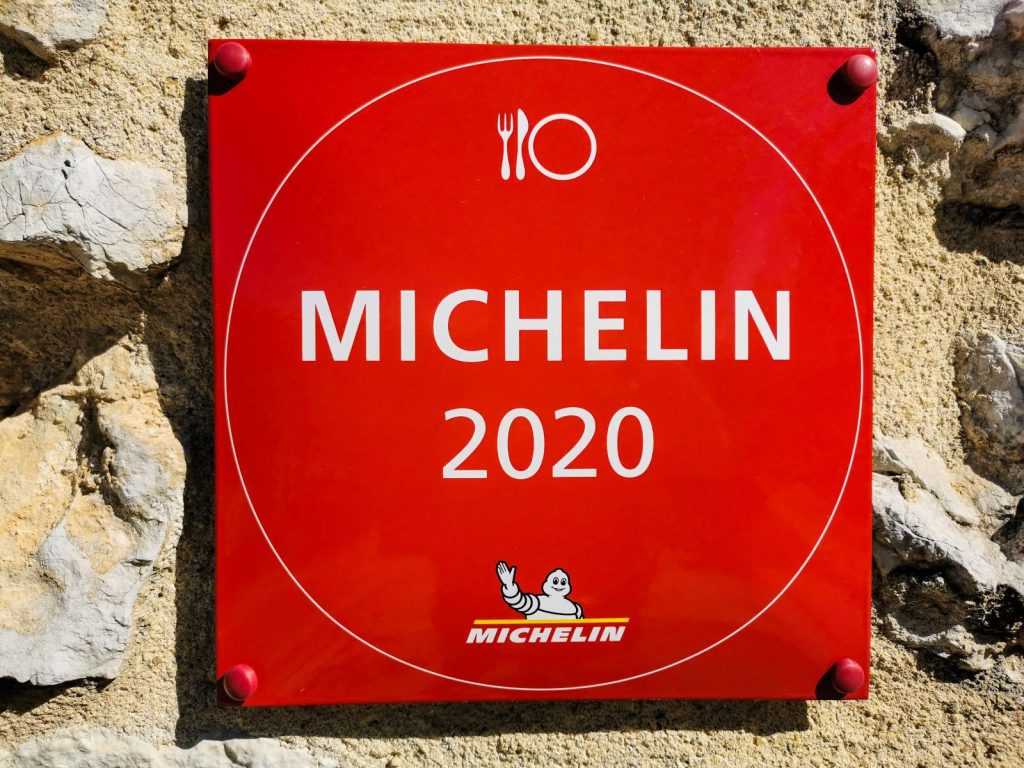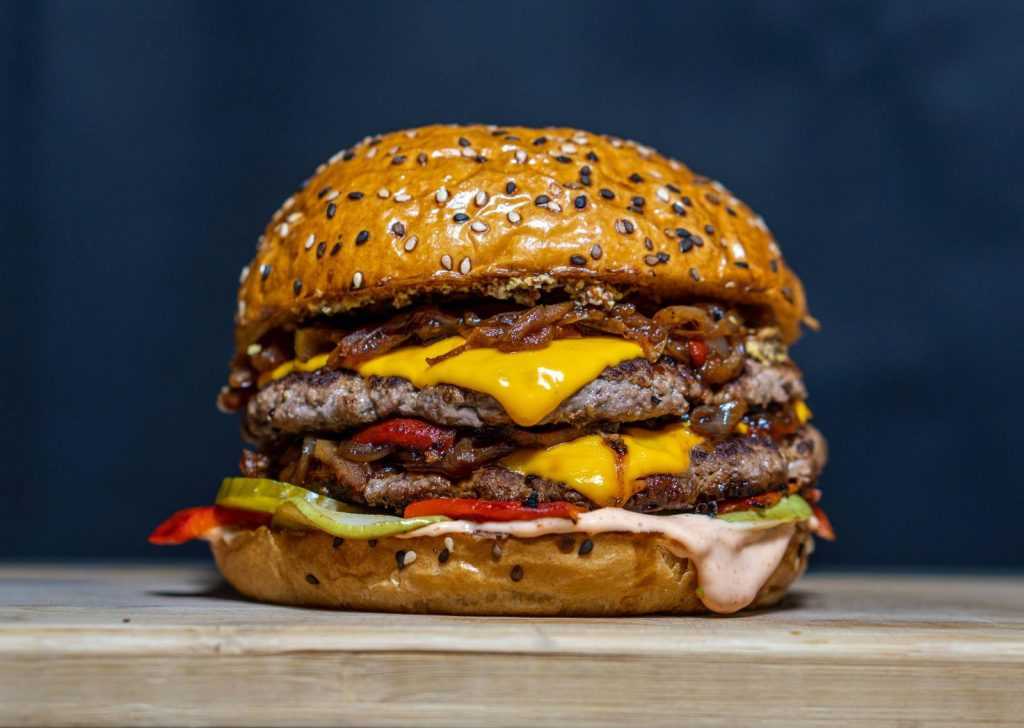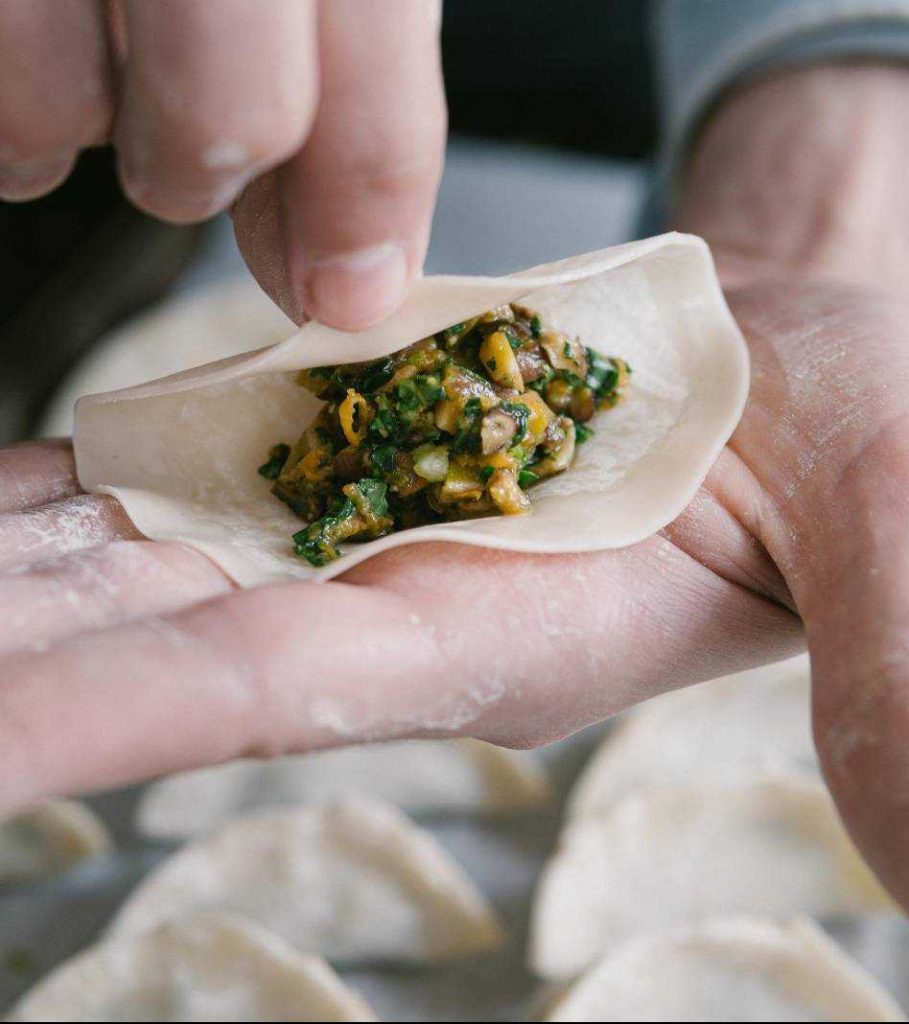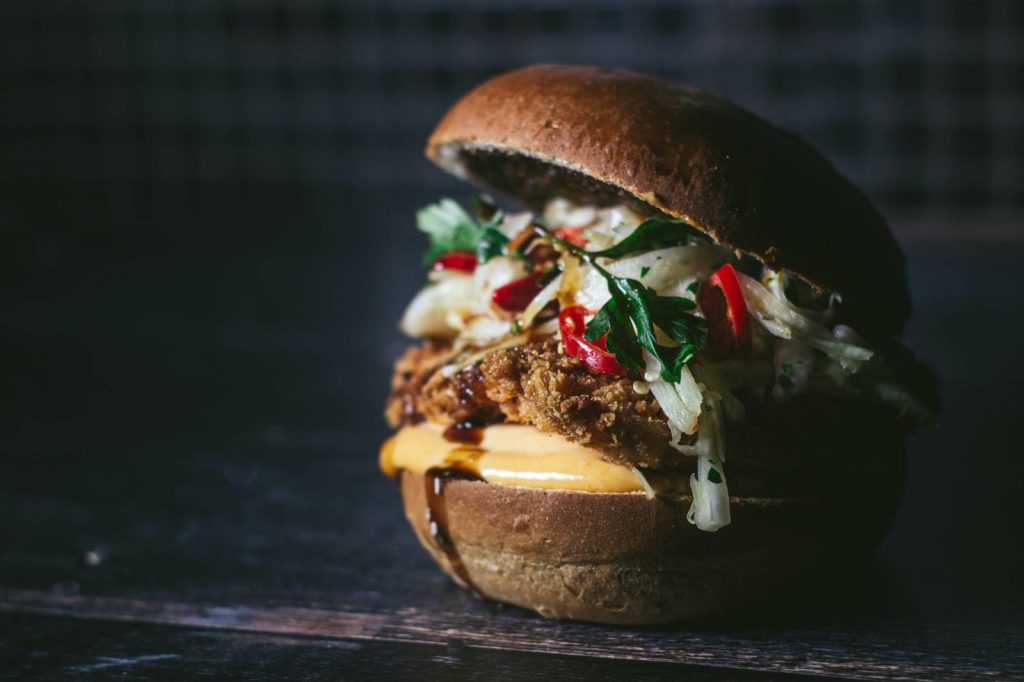Michelin Guide hits Toronto
Michelin Guide hits Toronto After year and months of waiting and preparing for this event, Michelin Guide finally arrives in Toronto. And Toronto is just the start for Canada. Later on this year Michelin stars will be give out to more restaurants, this time in Vancouver. This year 13 restaurants in Toronto got lucky. 12 got 1 star each, and only 1 got 2 stars. Also 17 restaurants were noted in the Michelin Guide with Bid Gourmand destination. What is Michelin Guide? In short, ”The Michelin Guides” are the travel guides for foodies released by the French tyre manufacturer Michelin since 1900. It is worth noting that initially they were created to boost the tyre sales by encouraging people to take longer trips and travel around the country. Traditionally only the finest and most noteworthy restaurants had been listed in the Michelin Guide. Each year their position is reviewed by anonymous critics. And each year new restaurants have a chance to be awarded with 1 to a max of 3 Michelin Stars by the guide. What do Michelin Stars mean? Historically, the exact position of a restaurant in the Michelin rating means how far does Michelin recommend a person to travel to dine in this particular restaurant, i.e. if it’s worth the wearing off of tyres or not. A restaurant with one Michelin star is considered to be “very good restaurant in its category” and one with two stars is considered to be “excellent cooking, that’s worth a detour” because of its great food. The highest honour, however, is three stars, which is only given to establishments that provide “exceptional cuisine” that is “worth a special journey”. What about Bib Gourmand? There’s also another, lesser known award category in the Michelin Guide – Bid Gourmand. The Bib Gourmand award has been used to identify “good quality, good value restaurants” since 1997. Of course, the understanding of the value for money price point always varies country by country, depending on the cost of living. However, the quality of the food must always be taken into account as well alongside the cost. Another criteria for restaurants to be considered for a Bib Gourmand award is that have to have a more straightforward culinary style that is recognisable and approachable. Customer experience at a Bib restaurant should also be the one that leaves them feeling satisfied because they paid such a low sum for such excellent food. And there’s more… “The MICHELIN Green Star is an annual award which highlights restaurants at the forefront of the industry when it comes to their sustainable practices”. Michelin Guide Toronto, Canada Finally, let’s talk about the Canadian restaurants that had been awarded with stars and other Michelin awards in 2022. The only restaurant with 2 Michelin Stars Sushi Masaki Saito was the only 1 restaurant in Toronto, Canada, awarded with 2 Michelin Stars in 2022. In fact, no other restaurant in Toronto had received more stars this year. 1 Michelin Star restaurants in Toronto Alo A truly exceptional restaurant by the fellow George Brown College graduate, Chef Patrick Kriss. A restaurant with and impeccable and always consistent customer service, that I’m surprised didn’t receive more stars. By the way, we even wrote a review on Alo a few years ago. If you’re curious, give it a read. Alobar Yorkville Another creation of Chef Patrick Kriss. More casual and more approachable, yet just as perfect in terms of food and customer service standards. Quetzal Modern, yet authentic Mexican restaurant with a wood-fired hot station. If you decide to visit Quetzal, we definitely recommend to have a sit at the bar area for the best wood fire views and most unique experience. All the rest of the restaurants we personally haven’t been to, so below is the rest of the Toronto Michelin Guide list (1 Michelin Star restaurants) in no order of personal preference Edulis An absolute classic of Canadian French cuisine. Frilu Canadian farm to table experience. Shoushin Traditional Sushi bar. Osteria Giulia Modern Italian. ABURI Hana Modern Japanese Kyō-Kaiseki. ENIGMA Yorkville Modern European cuisine. Kaiseki Yu-zen Hashimoto Traditional, authentic Kaiseki. Don Alfonso 1890 What about Bib Gourmand restaurants? There were 17 restaurants in total, that had been awarded Bib Gourmand distinction in Toronto, Canada in 2022. Find the whole list HERE. Our take: The whole concept of professional Chefs embracing and building all their careers on the desire to be recognized by a tyre manufacturer company had always raised a lot of questions for us. In fact, a general idea of all these non food related companies creating food awards with debatable criteria and voting systems, had never settled well with many people. Most disturbing is the fact, that so many Chefs get obsessed and literally mentally ill with such awards chase, to the point of committing subside when they suddenly lose a star. Nevertheless, these are the industry standards nowadays, although slowly changing. And all those restaurants that do make it to the award lists, do indeed deserve it and are worth to be celebrated. Want to learn how to cook like a Michelin Star Chef? Join my Online Culinary Academy TODAY, get your Chef’s training at your own time and speed, and start cooking note-worthy dishes Once enrolled, you’ll get a LIFETIME ACCESS to the academy, incl. all the new upcoming cooking lectures and modules. https://youtu.be/a7XW5XodRE0 ENROLL Other blog posts you might like How to use cheesecloth in cooking – 6 ways (at least) Read HERE>> MrBeast Burger vs Kevin Hart House burger Read HERE>> All dumplings of the world origin Read HERE>>
Michelin Guide hits Toronto Read More »




